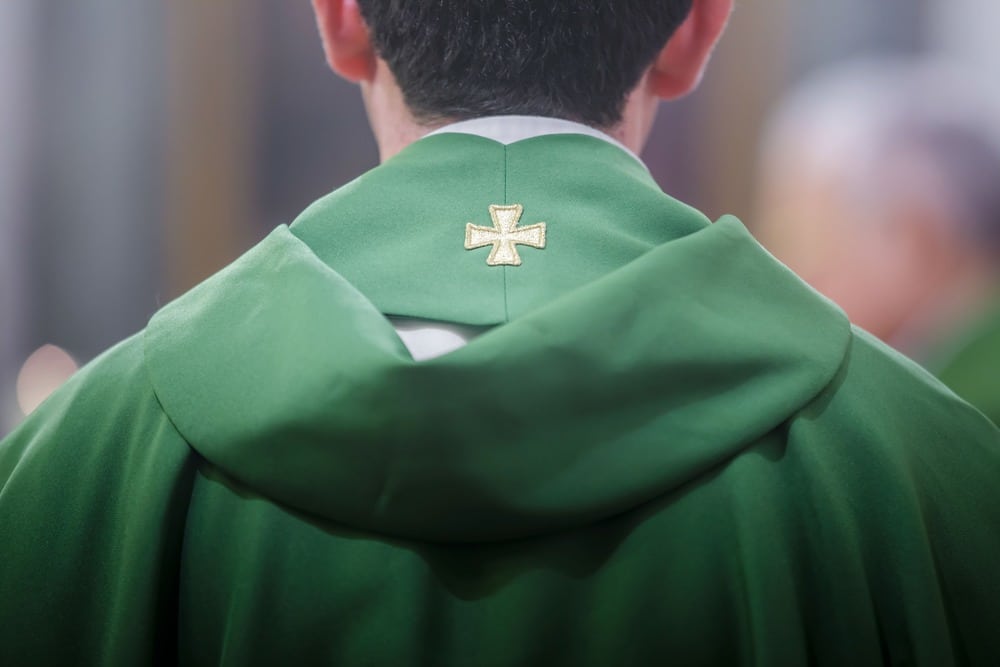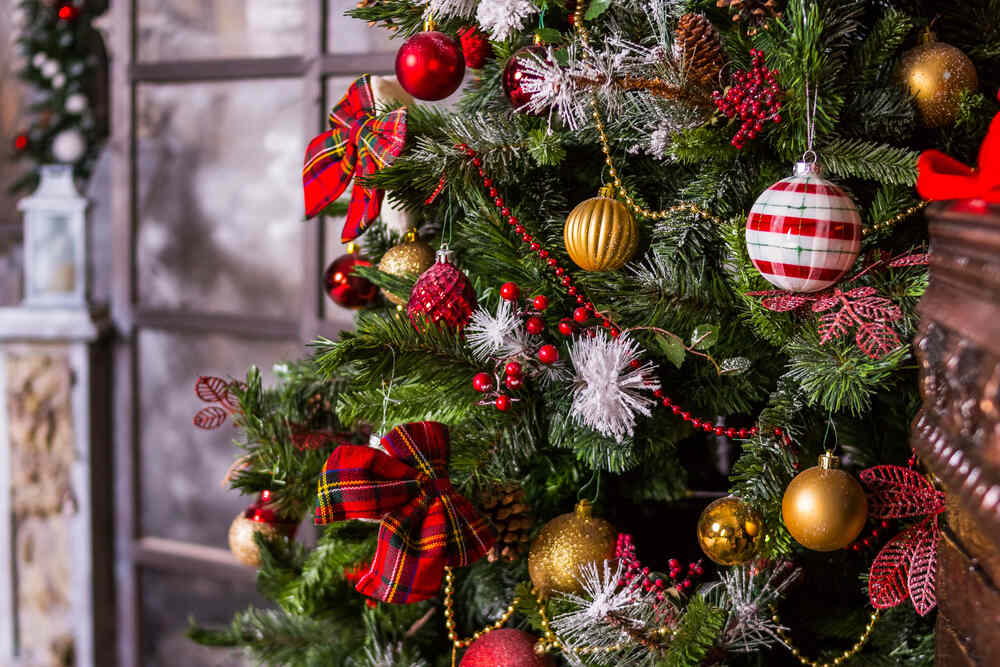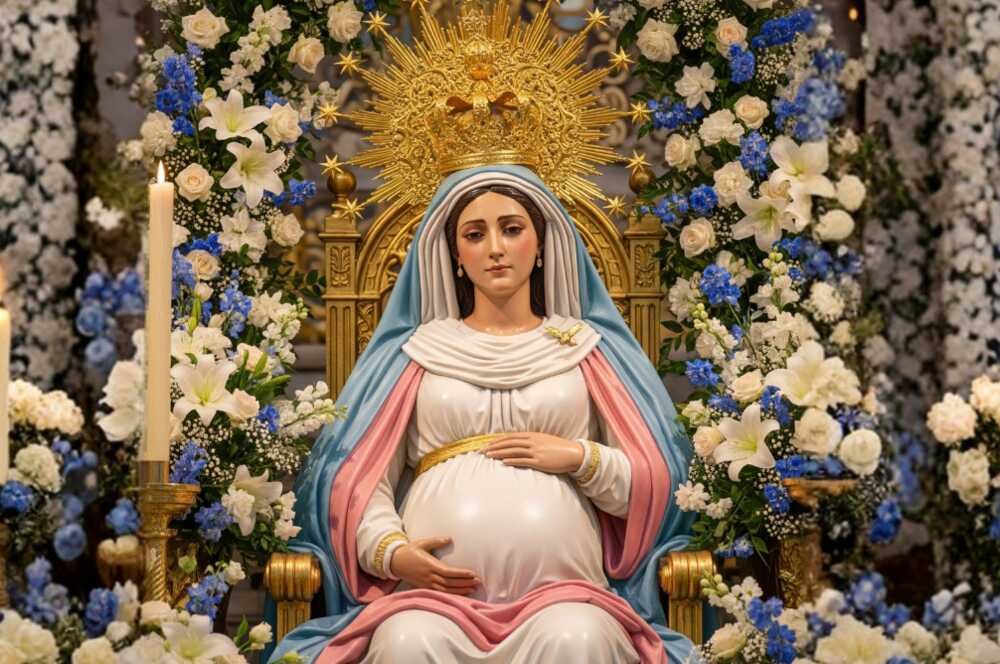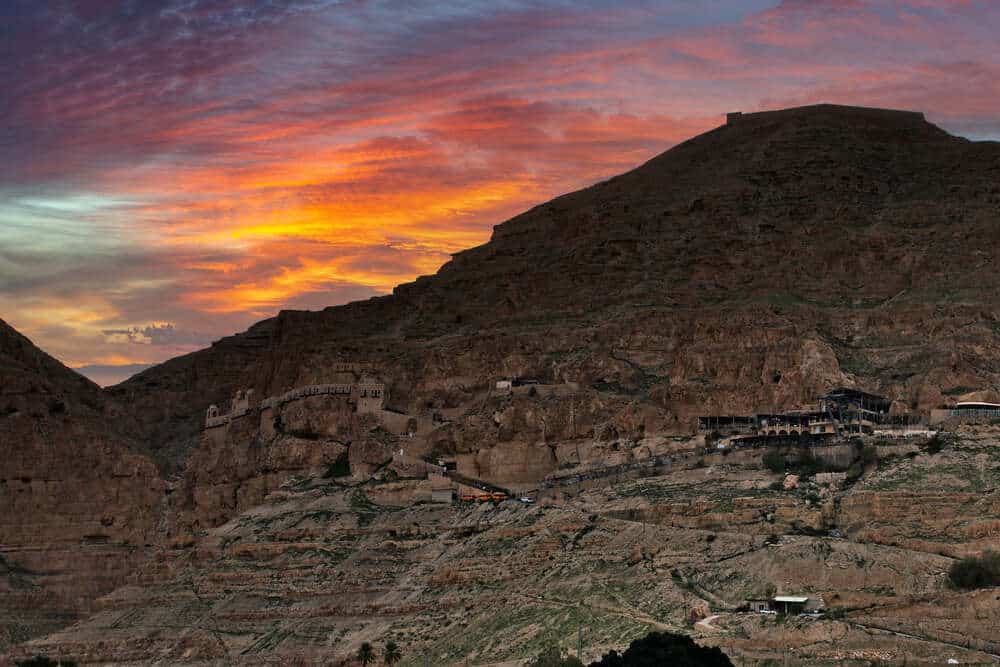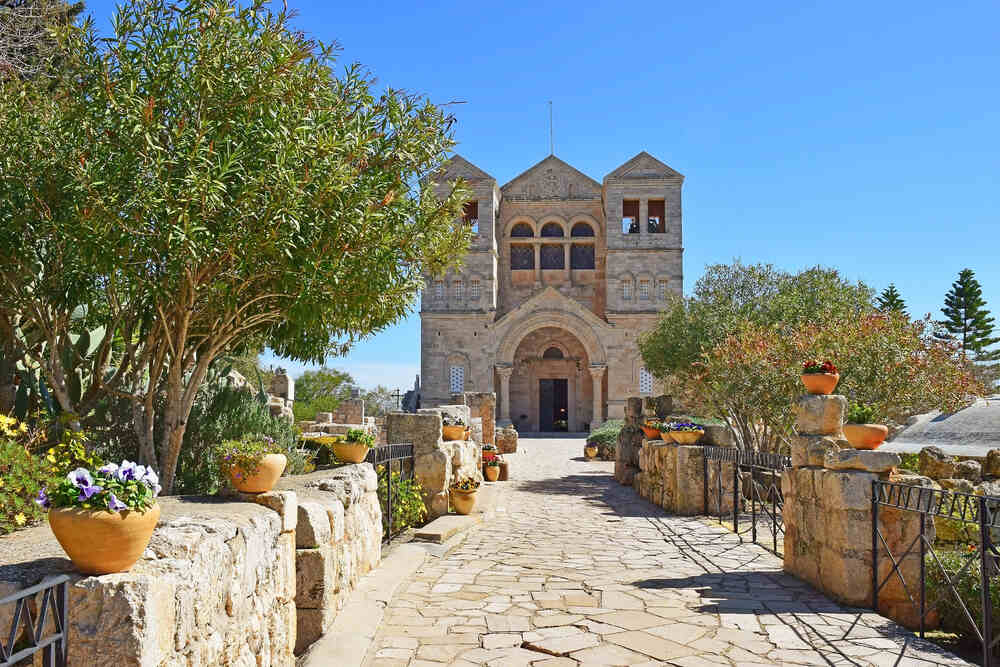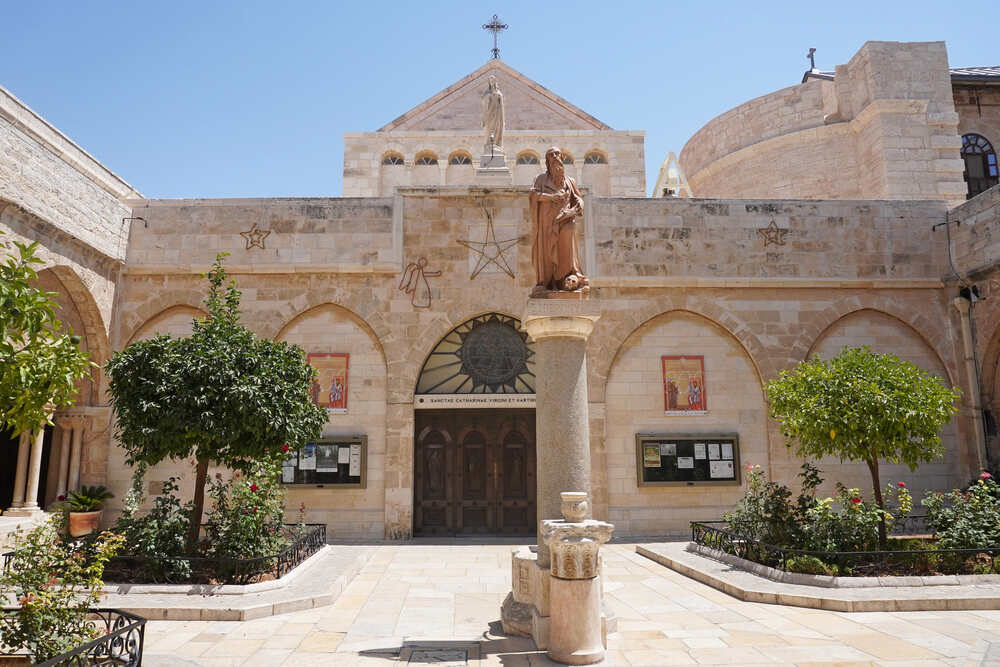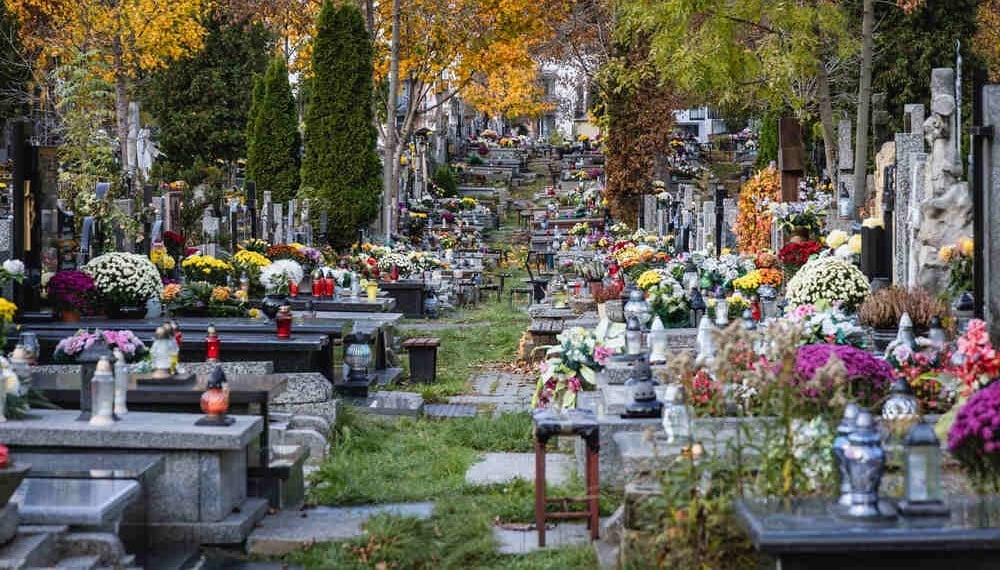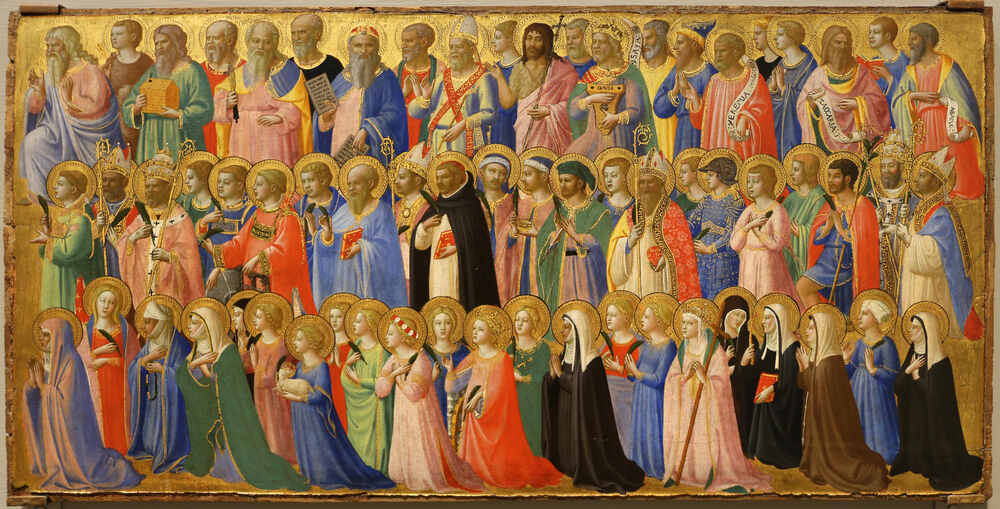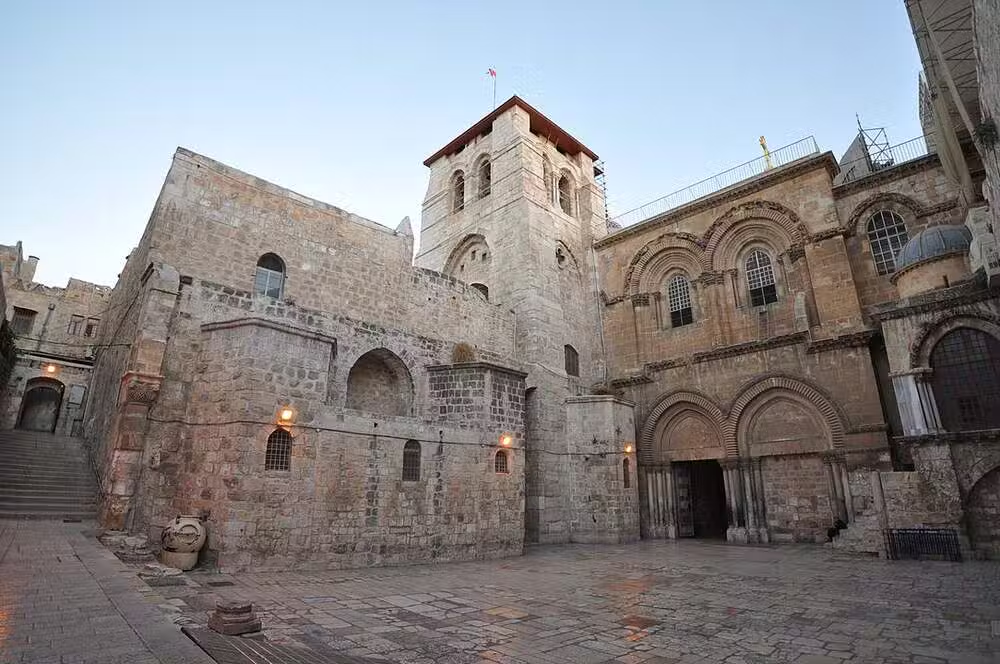When the priest vests for Holy Mass, have you ever wondered why each piece of his attire is so specific?
Liturgical vestments are far more than just ceremonial garments. They are rich symbols, imbued with history, faith, and deep spiritual meaning that draw us directly into the mystery of Christ and His Passion.
Discover what each one reveals.
What are Liturgical Vestments?
Before celebrating Holy Mass, the priest vests in liturgical garments—special attire reserved for the Eucharistic celebration. This act is not merely practical but deeply spiritual. It marks a moment of both outward and inward preparation. As he puts on each vestment, the priest lifts his heart to Heaven, fully aware that he is entering a sacred and transcendent realm.
Just as we wear appropriate clothing for specific occasions in daily life—school uniforms, work attire, or formal wear—the Church assigns specific garments for the priest to celebrate the sacred mysteries with reverence and dignity.
Since the Old Testament, God required sacred garments for the Levites, the priests of the Old Law. This requirement continues in the New Covenant. The Church, as the Bride of Christ, must appear before the altar in her most beautiful garments. St. Jerome puts it this way:
We must not enter the Holy of Holies or celebrate the Lord’s sacraments in the same garments we use for daily life. Divine worship has a specific dress for ministry and another for ordinary use.
For this reason, liturgical vestments must be blessed. Once dedicated to sacred use, they are no longer ordinary garments, but instruments for divine worship.
Each vestment has a direct connection to Christ, whom the priest represents at the altar. Each piece recalls a moving detail of the Lord’s Passion, which is mystically renewed during every Holy Mass.
What are the Main Liturgical Vestments?
1. Amice
A white cloth that covers the priest’s shoulders and is tied around the waist. The word comes from the Latin amicire, meaning “to cover.” It recalls the blindfold used during Christ’s mockery before His Passion.
The amice symbolizes the faith that shields the priest as he prepares to proclaim “the mystery of faith.” It also represents the consecration of his voice for divine praise during Mass.
Furthermore, it recalls the helmet of salvation spoken of by St. Paul:
Put on the armor of God and take the helmet of salvation.
The priest begins the spiritual battle of the altar, continuing Christ’s redemptive mission. As he puts on the amice, he prays:
Lord, set the helmet of salvation on my head to fend off all the assaults of the devil.
2. Alb
A long white tunic symbolizing the purity required to serve at the altar. It recalls the garment used by Herod to mock Christ. The whiteness expresses the purity of heart and serenity of soul needed by the priest. As he puts it on, he prays:
Purify me, Lord, and cleanse my heart so that, washed in the Blood of the Lamb, I may enjoy eternal bliss.
3. Cincture
A cord used to secure the alb at the waist. It recalls the ropes that bound Jesus in the Garden of Gethsemane, as well as the scourging.
In the Sacred Scriptures, the cincture signifies humility, which is an attitude opposed to the pride that swells. In ancient times, travelers, soldiers, and workers girded and adjusted their clothes to facilitate their work. Similarly, the Holy Mass retains something of that meaning. It is the renewal of the redemptive work, par excellence. It turns us into faithful soldiers to fight against the enemy. And it offers us food on our journey to Heaven.
On the other hand, this liturgical vestment is a reminder of priestly celibacy. The heart of the priest is intimately and fully united to the divine Heart of Christ the Priest. And it belongs only to Him. The offering of his life to Jesus is united with the offering of Christ himself in his Passion.
Thus, the Holy Mass is a wedding, in which Christ the Bridegroom, in the person of the priest, gives himself, with his blood, to the Church, his Bride.
The priest, when girding himself with the cincture, prays this prayer:
Lord, gird me with the cincture of purity and extinguish my fleshly desires, that the virtue of continence and chastity may abide within me.
4. Stole
This long band worn around the neck symbolizes the authority of Holy Orders. It recalls both the burden of the Cross and the image of the Good Shepherd carrying the lost sheep.
It also symbolizes the garment of sanctity and a pledge of heavenly glory, granted through Christ’s sacrifice. Only by the blood of Christ will he be able to reach eternal life. As he dons the stole, the priest prays:
Lord, restore the stole of immortality, which I lost through the collusion of our first parents, and, unworthy as I am to approach Thy sacred mysteries, may I yet gain eternal joy.
- You may be interested in: Papal Liturgy
5. Chasuble
The most important and beautiful of all vestments. It is a large, rounded garment with a central opening for the head. It recalls the purple robe placed on Christ in mocking His kingship.
When the priest puts on this vestment, it is as if he were locking himself inside, as he concentrates on the mystery that he is about to celebrate.
Of all the liturgical vestments, the chasuble is the most beautiful and important. It is the bridal veil that covers the other vestments. It symbolizes the virtue of charity, which is the greatest and most precious of all, the queen, who dominates the others. The two faces of the chasuble represent the love of God and the love of neighbor. The priest has the sublime mission of showing the love of Christ to souls so that they may be saved.
The chasuble has two crosses: the one in front that symbolizes his own sins and the one in back, the sins of others. In the Holy Mass, Jesus sheds his blood “for the forgiveness of sins” of both the celebrant and the faithful who participate in the Holy Mass.
When putting on the chasuble, the celebrant pronounces the evangelical words that refer to the gentle yoke of the Lord, which he carries out when performing the sacrifice. The priest carries on his shoulders the yoke of love for the lost sheep of the flock of the Good Shepherd. He carries the sins of the world and immolates himself together with the Lamb for the salvation of men and the glorification of God.
O Lord, who has said, ‘My yoke is sweet and My burden light,’ grant that I may so carry it as to merit Thy grace.
Special Liturgical Vestments
Rochet and Surplice
Both are white garments worn over the cassock but are shorter than the alb. They are not secured with a cincture.
The surplice is used by priests to administer the sacraments outside of Holy Mass. It can also be used by deacons and acolytes. It differs from the rochet by the sleeve, which is shorter and wider.
The rochet, worn only by bishops, cardinals, and the pope, has narrower, longer sleeves and symbolizes ecclesiastical dignity.
Cope
It is a circular cloak that covers the entire back and is fastened in the front with a clasp. This vestment is used especially for processions, for example, for Corpus Christi or in the blessing with the monstrance during the exposition of the Blessed Sacrament.
In some countries it is used for the blessing of candles, of ashes for Ash Wednesday, or of olive branches on Palm Sunday. It is also used in exequial rites outside of Mass and in the solemn recitation of lauds and vespers.
Humeral Veil
It is a piece of cloth approximately two meters long by fifty centimeters wide that the priest wears over his shoulders and back. With the humeral veil he covers his hands to respectfully carry the Blessed Sacrament and certain sacred objects worthy of veneration, such as relics. Generally, only a white veil should be used to take the monstrance with the Blessed Sacrament or the ciborium.
- You may be interested in: The preparation of the liturgical vestments
A Reflection on Liturgical Vestments
Liturgical vestments remind us of the sacredness of the Eucharist. They honor the majesty of God and help the faithful grasp the mystery through visible signs.
As body and soul, we need external signs that elevate us to divine realities. The Church, with wisdom, sanctifies material things to draw us toward what is invisible and eternal.
These garments are not mere clothes. They are signs of the priest’s sacred role and the profound mystery being celebrated. Just as the priest prepares externally and spiritually to celebrate Mass, we too are called to prepare our hearts and bodies for this encounter with Christ.
Let us examine how we approach the Eucharist. Do we dress, pray, and reflect appropriately for the banquet of the Lamb? May the Holy Spirit teach us to prepare well.
Let us also pray for our priests—that what they wear outwardly may reflect their inner transformation, becoming more like Christ through every Mass.
What are Liturgical Vestments and What are They for?
The concluding rites of the Mass send us forth as missionary disciples to the world. Through the blessing and the dismissal, the Church reminds us that we are called to live and witness what we have celebrated in the Eucharist.
What are the Liturgical Vestments Called?
The main liturgical vestments that a priest uses during Mass are:
-
Amice
-
Alb
-
Cincture
-
Stole
-
Chasuble
Why should Liturgical Vestments be Blessed?
The liturgical vestments must be blessed because they are destined exclusively for sacred use in the liturgy. Being consecrated, they are no longer simple garments, but visible instruments of divine worship. The blessing highlights their dignity and separates them from any profane use, remembering that the priest represents Christ in each Eucharistic celebration.

